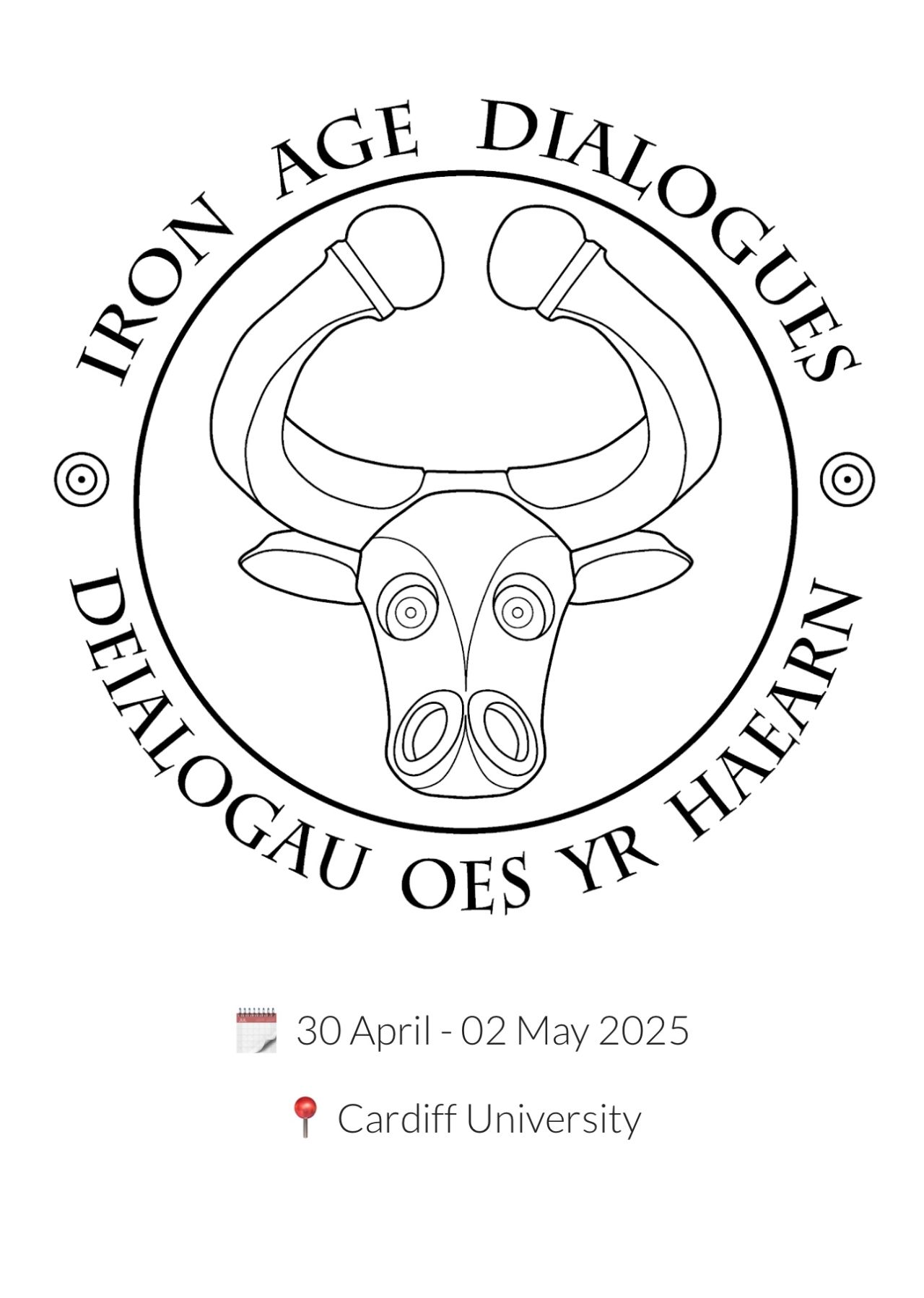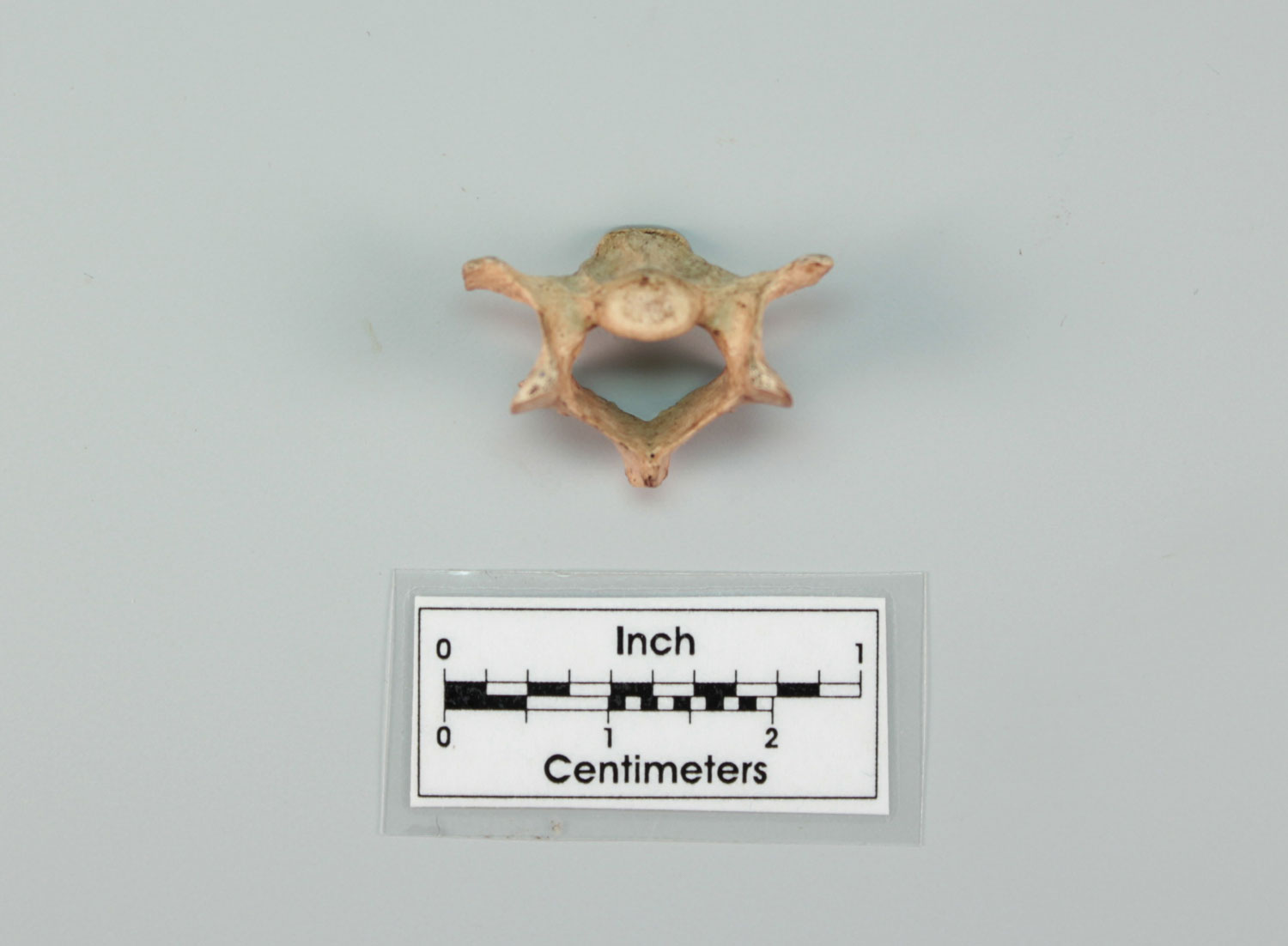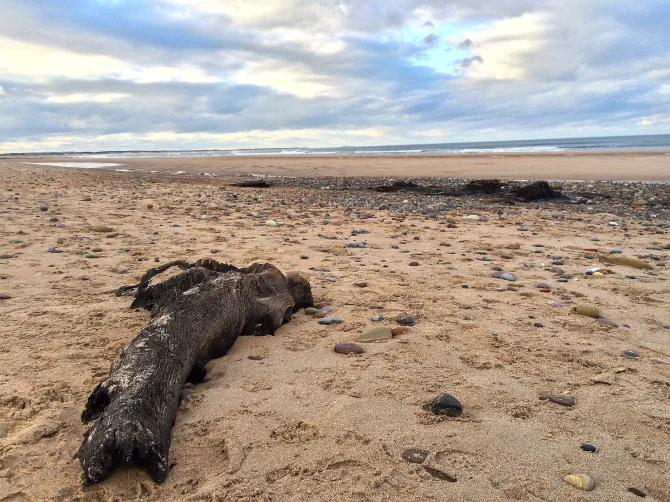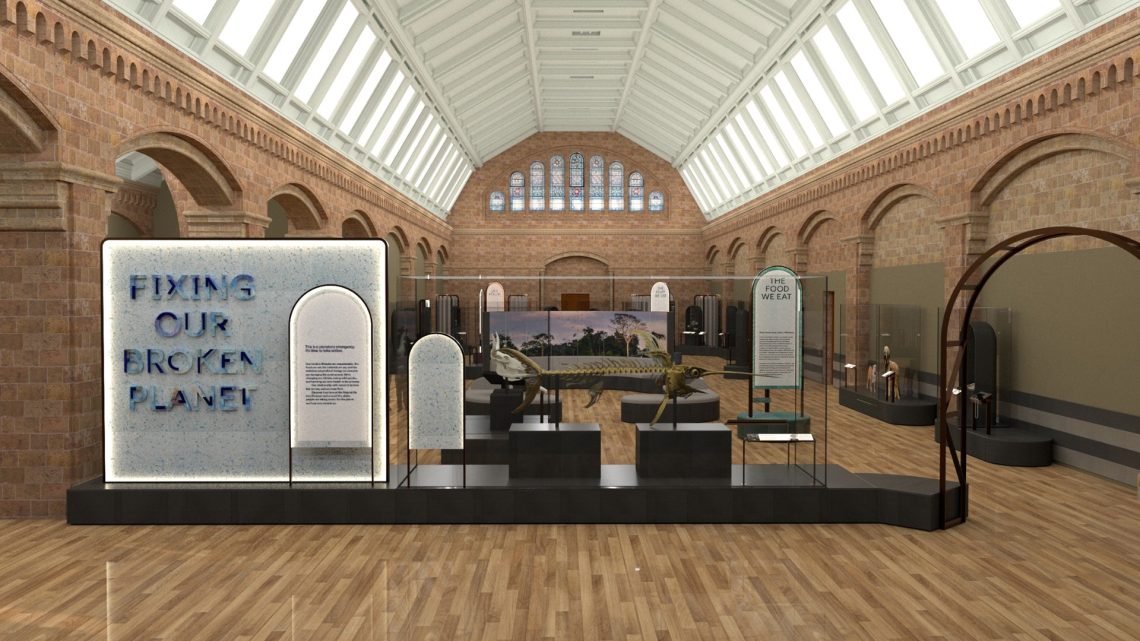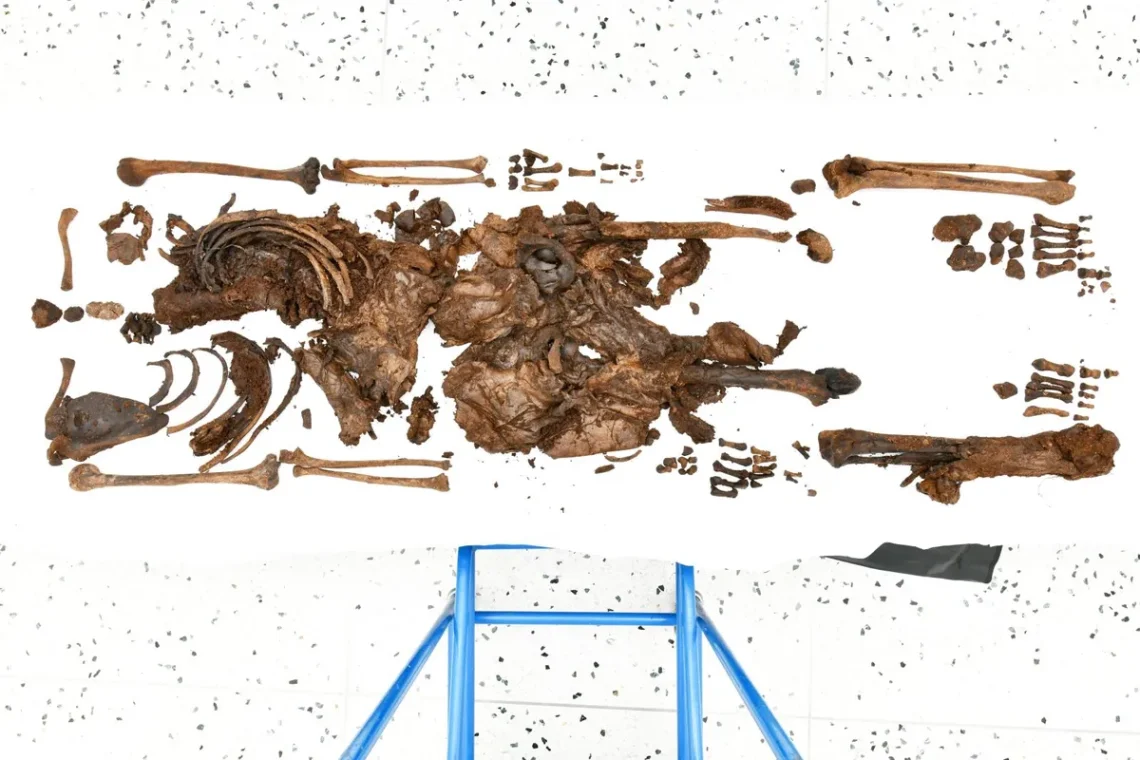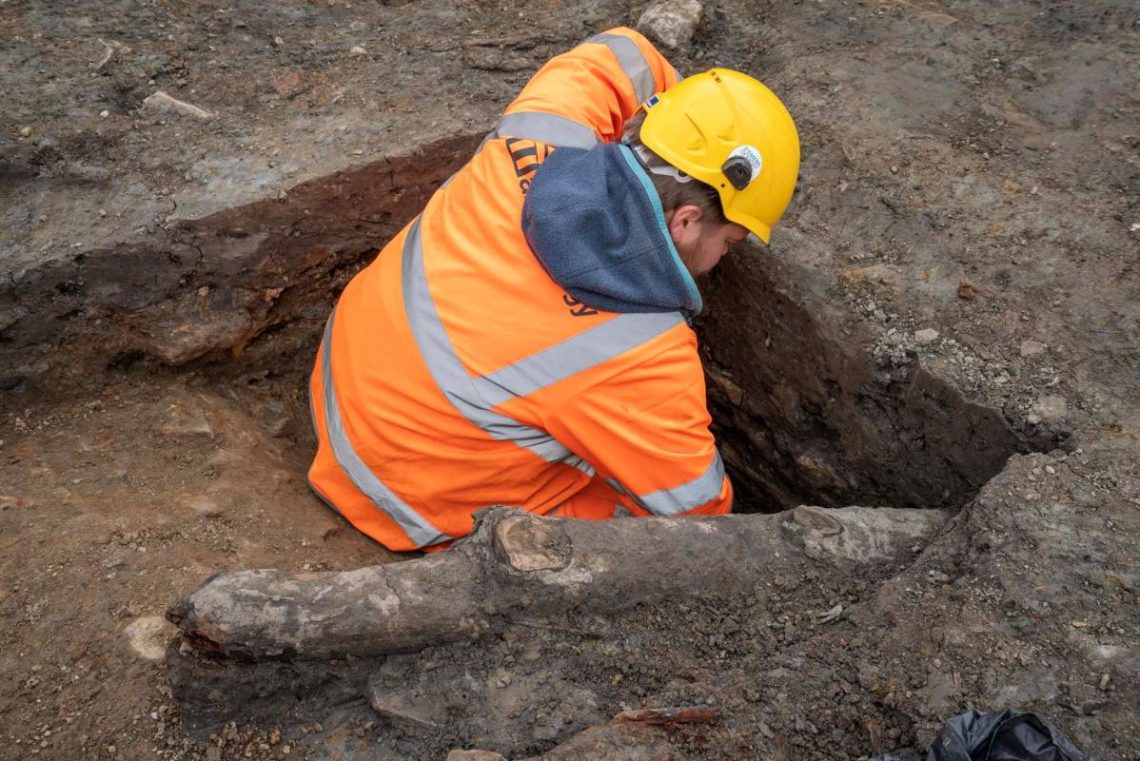From April 30 to May 2, 2025, Cardiff University hosted the highly anticipated Iron Age Dialogues conference, a landmark event that brought together archaeologists, researchers, and enthusiasts to explore the latest advancements in Iron Age studies. This gathering, the first major conference on the Iron Age in Britain since the mid-2000s, sparked vibrant discussions, fostered new connections, and set a hopeful tone for the future of archaeological research in the region. Held at Cardiff University’s School of History, Archaeology and Religion, the conference provided a dynamic platform for examining a broad range of themes related to the Iron Age, primarily…
-
-
Archaeologists have uncovered the earliest known evidence of domesticated cats in the United States within the wreck of the Emanuel Point II, a Spanish ship that sank in 1559 off Florida’s Pensacola Bay. The findings, published in American Antiquity, shed light on the presence of cats during early European colonization. Researchers from the University of West Florida and the University of Arizona analyzed skeletal remains from the shipwreck, identifying bones from an adult and a juvenile cat. Genetic analysis confirmed these were European domestic cats (Felis catus), likely brought from Spain. Isotopic studies revealed a diet consistent with shipboard life,…
-
Doggerland, once a thriving prehistoric landscape, now lies submerged beneath the North Sea, connecting Britain to continental Europe. Occasionally exposed by winter storms, the remains of this ancient submerged forest, part of the Mesolithic landscape of Doggerland, emerge from the sands of Cresswell Beach. The remains at Cresswell Beach include stumps and felled trunks of Oak, Hazel and Alder trees, preserved by peat deposits. These remnants date back over 7,000 years, thriving during the Mesolithic period. This forest existed before Britain’s separation from continental Europe, a result of rising post-glacial sea levels that transformed the region into what is now…
-
Marking a significant milestone in environmental education, the Natural History Museum (NHM) in London has opened its first new permanent gallery in nearly a decade, titled “Fixing Our Broken Planet,” on April 3, 2025. This initiative, part of the NHM150 campaign leading up to the museum’s 150th anniversary in 2031, aims to inspire a global audience to address the planetary emergency. Featuring over 250 specimens and cutting-edge research, the gallery offers practical solutions to some of the world’s most pressing environmental challenges. This article delves into the gallery’s purpose, innovative approach, and potential to foster worldwide action. Situated in the…
-
Welcoming a new chapter in archaeological storytelling, the iconic Time Team series is set to return with a fresh partnership involving Bournemouth University (BU). Initially launched in 1994, this beloved show transitioned to YouTube after a 30-year television run, and now, with BU’s collaboration, it promises to captivate a global audience again. Bournemouth University has joined forces with Time Team to produce the following season. The UK show, known for its engaging portrayal of archaeological digs, will feature a presenter alongside a team of archaeologists, unravelling the historical narratives of various sites. Producer George Pagliero expressed his enthusiasm: “We’re keeping…
-
At Fossilia, we unearth history’s buried tales, and few are as haunting as the Ballymacombs More Woman, a bog body discovered in Northern Ireland’s peatlands. Unearthed in 2023 near Bellaghy, these 2,000-year-old remains of a young woman indicate a violent end, possibly a ritual sacrifice. In the marshy expanse of Ballymacombs More, workers re-grading the road on the peatland outside the village of Bellaghy stumbled upon a grim relic: human remains, remarkably intact after two thousand years. The waterlogged, acidic bog had tanned her skin to leather, preserving bones, hair, and soft tissue in a natural time capsule. Radiocarbon dating, conducted…
-
Sheffield Castle’s newly revealed Civil War defenses have been discovered by Wessex Archaeology between 2020 and 2024, these 17th-century fortifications in northern England illuminate a turbulent past. Sheffield Castle, once a medieval stronghold, became a battleground during the English Civil War (1642–1651). Royalists held it until Parliamentarians seized and razed it in 1644, leaving ruins beneath modern Sheffield. Wessex Archaeology’s recent digs, part of the Castlegate regeneration project, uncovered remnants of the castle’s defenses, transformed after the war to guard against rebellion. These findings resurrect a site pivotal to England’s fractured history, where power shifted amid cannon fire. Wessex Archaeology’s…
-
Beltane, meaning “bright fire” in Old Irish, thrived in Celtic Ireland and Britain from the 1st millennium BCE. Held midway between the spring equinox and summer solstice, it was a sacred pivot, ushering in warmth and abundance. Celtic communities lit massive bonfires, driving cattle between flames for purification and dancing to invoke divine favor. Roman accounts, like those of Pliny the Elder, describe druids presiding over such rites, tying Beltane to spiritual and agricultural cycles. Its prominence reflects a culture where land and cosmos intertwined. Excavations uncover Beltane’s tangible past. At sites like Tara Hill in Ireland, dated to 800–100…
-
2,300-year-old Celtic sword from France Discovered A 2,300-year-old Celtic sword from France is been discovered and is a striking find. Discovered in 2022 at Creuzier-le-Neuf, this Iron Age relic, adorned with swastika motifs, reveals the artistry of ancient Celts. What secrets does this blade hold? Dive into this archaeological gem. A Spectacular Burial Find Archaeologists from the French National Institute of Preventive Archaeological Research (INRAP) excavated a Second Iron Age necropolis (450–52 BCE) in central France, uncovering over 100 graves. Acidic soil dissolved skeletons, but metal artifacts endured, including copper-alloy bracelets, iron brooches, and two swords in their scabbards. The…
-
At Fossilia, we unearth history’s buried tales, and few are as tantalising as a bold new theory linking ancient Egypt’s pyramids to the Biblical Garden of Eden. In a provocative study, Dr. Edward K. Werner proposes that the iconic pyramids of Giza may symbolise the Tree of Life, a sacred motif weaving through ancient myths. Could these stone giants, built to defy time, hold echoes of a primordial paradise? For millennia, the pyramids have stood as testaments to Egypt’s architectural genius, their limestone faces whispering of pharaohs and eternity. Archaeologists long viewed them as royal tombs, housing kings like Khufu for…

